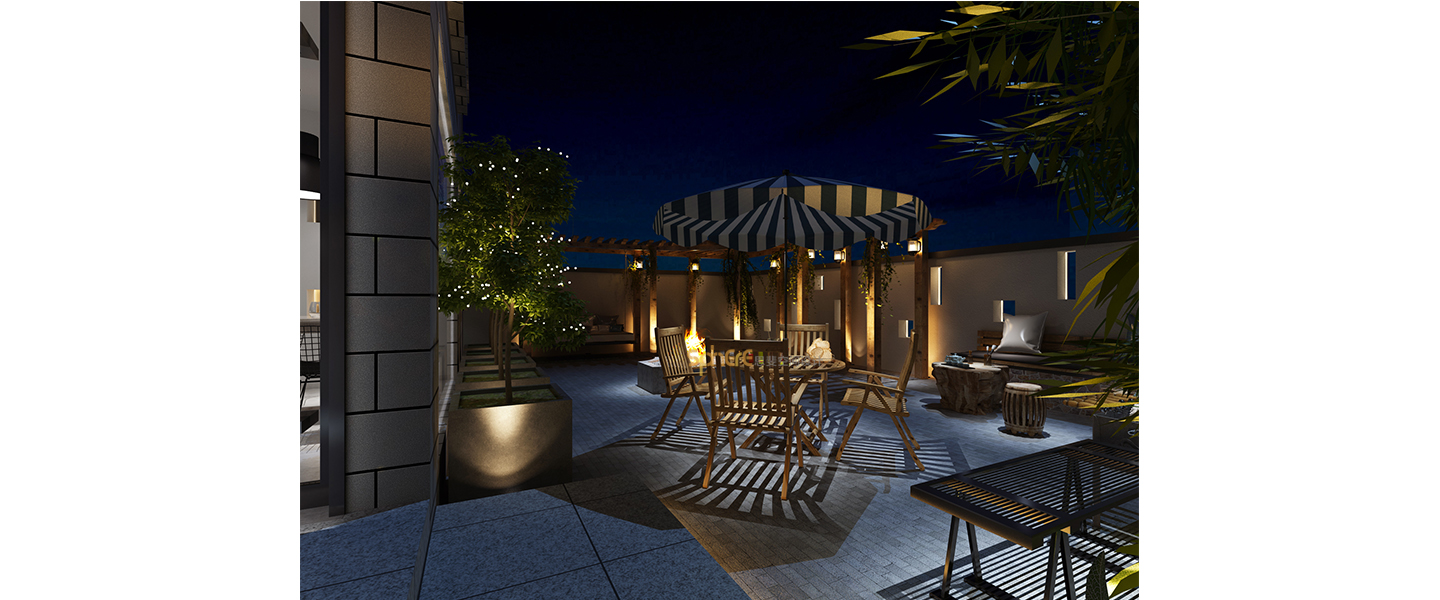Heidelberg Castle Max Dudler Architekt
2013-01-21 00:00
架构师提供的文本描述。海德堡城堡是阿尔卑斯山以北最重要的文艺复兴建筑之一。这座城堡在三十年战争中被部分摧毁,自那以后,在许多场合下,这座城堡在十八世纪被彻底抛弃。今天,这座著名的废墟成了博物馆。它每年接待100多万游客,是该国最重要的旅游目的地之一,对访问德国的国际游客留下了持久的印象。
Text description provided by the architects. Heidelberg Castle ranks as one of the most important Renaissance buildings north of the Alps. Having been partially destroyed during the Thirty Years’ War, and on many occasions since, the castle was abandoned altogether in the eighteenth century. Today the famous ruin serves as a museum. Receiving more than one million visitors a year, it is one of the country’s top tourist destinations and makes a lasting impression on international tourists visiting Germany.
游客中心的目的是让客人在前往城堡前熟悉城堡。游客中心展示城堡的历史以及定位客人,以确保一个无麻烦的访问。2009年5月,马克斯·达德勒(Max Dudler)的设计在建筑选择过程中占主导地位。游客中心的基石是在2010年夏天奠定的,使它成为400多年来在海德堡城堡建造的第一座新建筑。这座建筑展示了马克斯·杜德勒的当代建筑是如何植根于历史的。同时,它的抽象形式也突出了这座德国文化纪念碑的宏伟和现实性。
The purpose of the visitor centre is to familiarize guests with the castle before they proceed to the castle proper. The visitor centre showcases the castle’s history as well as orientating guests so as to ensure a trouble-free visit. In May 2009, Max Dudler’s design prevailed in the architectural selection procedure. The visitor centre’s foundation stone was laid in summer 2010, making it the first new building to be constructed at Heidelberg Castle for more than four hundred years. This building shows how the contemporary architecture of Max Dudler is rooted in history. At the same time, its abstract form underscores both the grandeur and actuality of this German cultural monument.
新建筑位于古老的防御性环形墙外,在城堡和花园的入口处(霍图斯·帕拉蒂诺斯)。为新建筑选择的狭长地带位于弗雷德里克五世统治时期建造的一座小花园房子和一家马鞍商店之间。这座建筑背靠着一座17世纪的挡土墙,它靠在上面的公园露台上。它的建筑线跟随着它的邻居,雕塑设计的游客中心在结构上完成了前厅区域的小型建筑组合。
The new building is situated outside the old defensive ring wall, at the entrance gate to the castle and garden (Hortus Palatinus). The narrow strip of land chosen for the new structure lies between a small garden house and a saddle store built in the reign of Frederick V. The building backs onto a seventeenth century retaining wall which shores up the park terraces above. With its building lines following those of its neighbours, the sculpturally designed visitor centre structurally completes this small ensemble of buildings in the forecourt area.
在建筑方面,通过对现有遗址建筑元素的重新解释,该建筑与周围的历史防御工事融为一体。例如,窗户的防光镜设置在墙上两米多的地方,与附近马鞍店的大光圈相呼应。游客中心的窗户是根据建筑物的内部要求定位的,同时也为游客提供了与入口建筑和室外花园的新的视觉关系。特别是从内地的许多地方可以看到受欢迎的伊丽莎白门。由于建筑的特殊布局,外墙的深度布置成为可能:它的外墙宽阔,隐藏着一些小的侧室和楼梯间。像口袋(法语:波奇),这些内部凹槽提供空间展示橱柜,货架和座位,而狭窄的建筑中心仍然开放。
In architectural terms, the building blends in with the surrounding historical fortifications through its re-interpretation of elements of the existing site’s architecture. The window embrasures, for example, are set more than two metres into its walls, echoing the large-sized apertures that can be seen in the neighbouring saddle store. The windows of the visitor centre are positioned according to the building’s interior requirements and also offer visitors new visual relationships with the entry building and garden outside. The popular Elisabeth Gate in particular can be seen from many parts of the interior. The façade’s deeply-set embrasures are made possible because of the special layout of the building: the broad expanse of its exterior walls hide a number of small side rooms and a stairwell. Like pockets (French: poches), these interior recesses offer space for display cabinets, shelves and seating areas, while the centre of the narrow building remains open.
对于门面来说,当地的奈卡尔谷砂岩已经被机器切割成一块完整的墙,由一些切割过的石块组成,连接处几乎看不见。这个砖石细部是对历史挡土墙的当代重新诠释,它的手工切割,脱下石材。不像建筑物外部的沉重浮雕,它的内部表面是光滑的。大窗玻璃与白色抹灰墙齐平,以及设置在白色抹灰天花板上的照明面板。地板由浅蓝色抛光水磨石组成。所有的固定装置和配件在凹槽,以及门和其他家具是由樱桃木。
For the façade, local Neckar Valley sandstone has been machine-cut to form a monolithic wall of roughly-cut blocks with joins that are barely visible. This masonry detailing is a contemporary re-interpretation of the historical retaining wall, with its hand-cut, undressed stonework. Unlike the heavy relief of the building’s exterior, the surfaces of its interior are smooth. The large window panes are fitted flush with the white plastered walls, as are the lighting panels set into the white plastered ceilings. The floor consists of a light blue polished terrazzo. All the fixtures and fittings in the recesses, as well as the doors and other furnishings are made of cherry wood.
确保大量游客的顺利流动是建筑简介提出的一个特别挑战。达德勒的设计以其巧妙的“建筑长廊”解决了这一问题:游客从入口大厅走到教育室,然后登上楼顶露台,俯瞰城堡,然后通过大楼后面的外部楼梯离开,开始参观城堡本身。这样,这座小型建筑的全部潜力就得到了充分发挥,确保了它既具有多用途,又允许游客的最大吞吐量。
Ensuring a smooth flow of large numbers of visitors was a particular challenge posed by the architectural brief. Dudler’s design solves this with its ingenious ‘architectural promenade’ through the building: visitors proceed from the entry hall through to the educational room, then up onto the roof terrace with its elevated views of the castle before exiting via the exterior stairs at the rear of the building to begin a tour of the castle proper. In this way, the full potential of this small building is realised, ensuring it has both multi-purpose usage and allows the maximum throughput of visitors.
 举报
举报
别默默的看了,快登录帮我评论一下吧!:)
注册
登录
更多评论
相关文章
-

描边风设计中,最容易犯的8种问题分析
2018年走过了四分之一,LOGO设计趋势也清晰了LOGO设计
-

描边风设计中,最容易犯的8种问题分析
2018年走过了四分之一,LOGO设计趋势也清晰了LOGO设计
-

描边风设计中,最容易犯的8种问题分析
2018年走过了四分之一,LOGO设计趋势也清晰了LOGO设计












































































